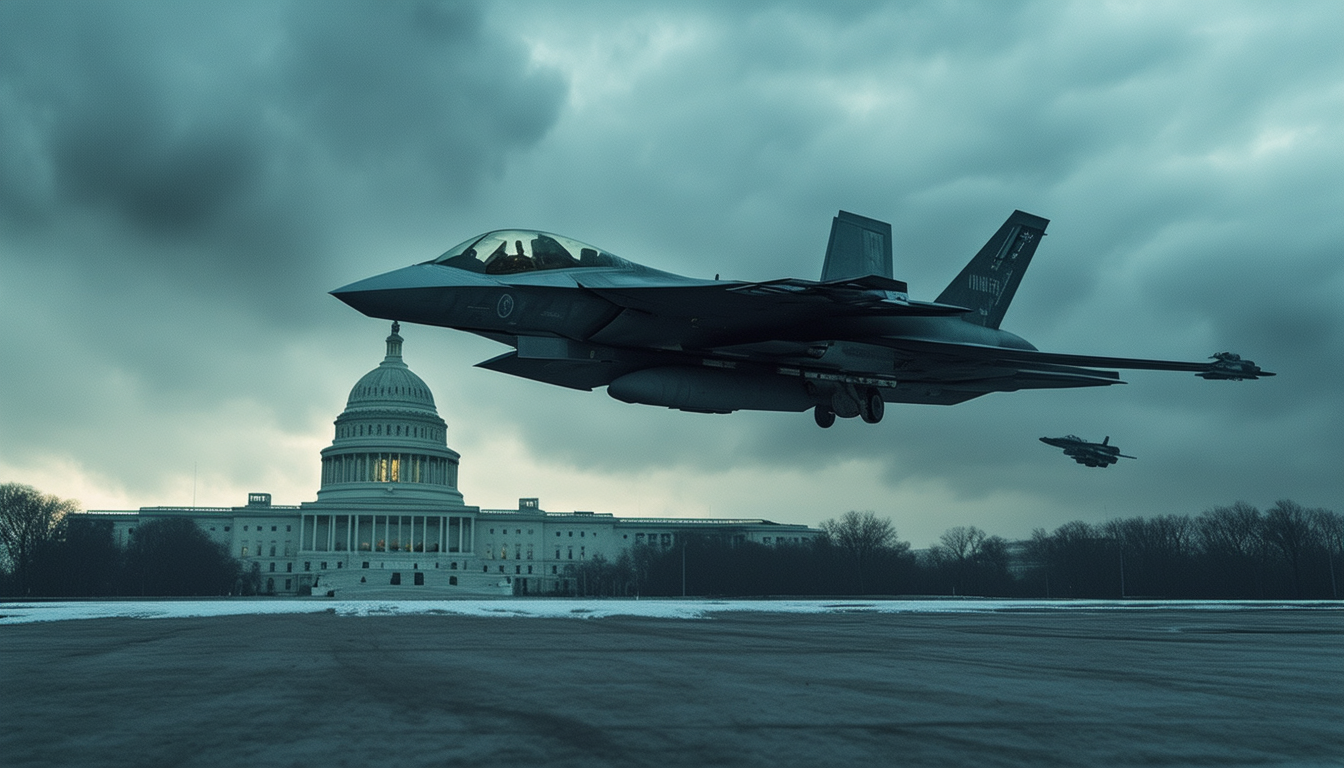In a geopolitical environment marked by an escalation of tensions with Russia, the Pentagon takes a delicate approach to its hypersonic tests. While these new military technologies promise significant advances in weapons, the United States appears to be choosing caution rather than revealing the extent of its capabilities. This strategy of distrust takes place in a context where the arms race could influence the balance of forces on a global scale.

In a geopolitical climate marked by palpable tensions with Russia, the Pentagon is taking a low-key approach to its hypersonic missile tests. These advanced weapons technologies, while attracting much interest, are shrouded in caution and secrecy. This article explores the issues and implications of this strategy, as well as the different factors that influence the American posture in the face of contemporary military challenges.
Table des matières
ToggleDiscreet but meaningful tests
THE Pentagon recently confirmed that it has conducted several tests of its hypersonic missiles, but the details of these events remain unclear. This choice to keep a low profile is undoubtedly strategic. In a context where Russia is highlighting its own technological developments in defense, such discretion could aim to avoid unnecessary escalations and maintain the element of surprise.
The strategic challenges of hypersonic weapons
THE hypersonic weapons are distinguished by their ability to exceed Mach 5, thus making their interception difficult. These represent a paradigm shift in modern conflicts. While traditional defense systems struggle to respond to such threats, their deployment by Russia could redefine the balance of power. Faced with this, the United States must develop an appropriate response, taking care not to exacerbate tensions when communicating about its own developments.
The consequences of the war in Ukraine
The war in Ukraine has highlighted the growing role of hypersonic missiles on the battlefield. Used by Russia to strike strategic targets, these missiles have demonstrated their effectiveness through concrete actions. In this context, the Pentagon must reassess its defense priorities and approach, while keeping in mind the need to maintain an open dialogue to avoid military escalation.
A new defense doctrine
With the rise of the hypersonic threat, the United States has launched several initiatives aimed at strengthening its position. The development of interceptors capable of countering these weapons in mid-flight is one of the strategies underway. However, details are often kept secret, accentuating the impression of a cautious army that prefers to act behind the scenes rather than attract the attention of its adversaries.
The need for international cooperation
In this hypersonic arms race, cooperation with allies is essential. The United States, the United Kingdom and other countries subscribe to the idea that a collective response is necessary to a threat that could affect global security. Failure to be transparent on development efforts may mean the need to forge stronger alliances in the fight against this new generation of weapons.
Conclusion: A delicate balance to maintain
THE Pentagon faces a major challenge. While pursuing hypersonic missile development, caution dictates a strategically measured approach. Discreet communication, combined with concrete actions, aims to maintain a delicate balance without provoking new tensions, especially in the current context of rivalry with Russia. On the cusp of a hypersonic arms race, vigilance and diplomacy are more essential than ever.
L'armée américaine a encore des mois de retard sur son programme de missiles hypersoniques, a déclaré le Government Accountability Office (GAO), alors que la Chine intensifie ses propres tests hypersoniques.
— Brainless Partisans 🏴☠️☢️☣️🪆 (@BPartisans) June 30, 2024
Les systèmes de missiles hypersoniques sont capables de prendre des… pic.twitter.com/qYIqJlertE























